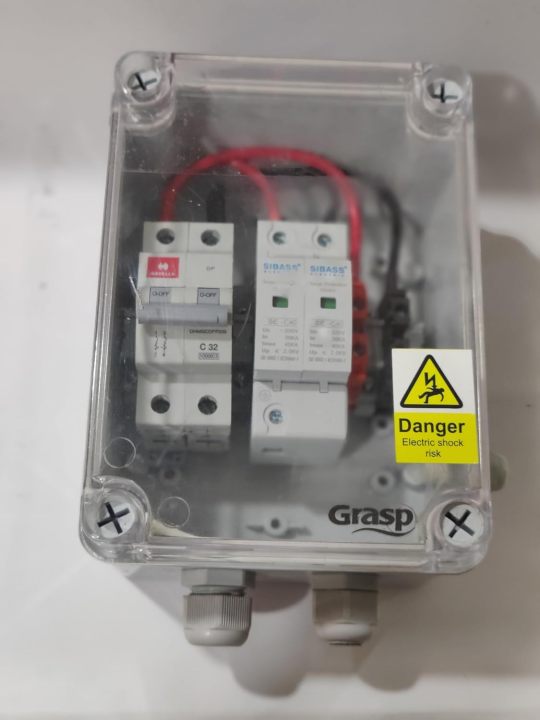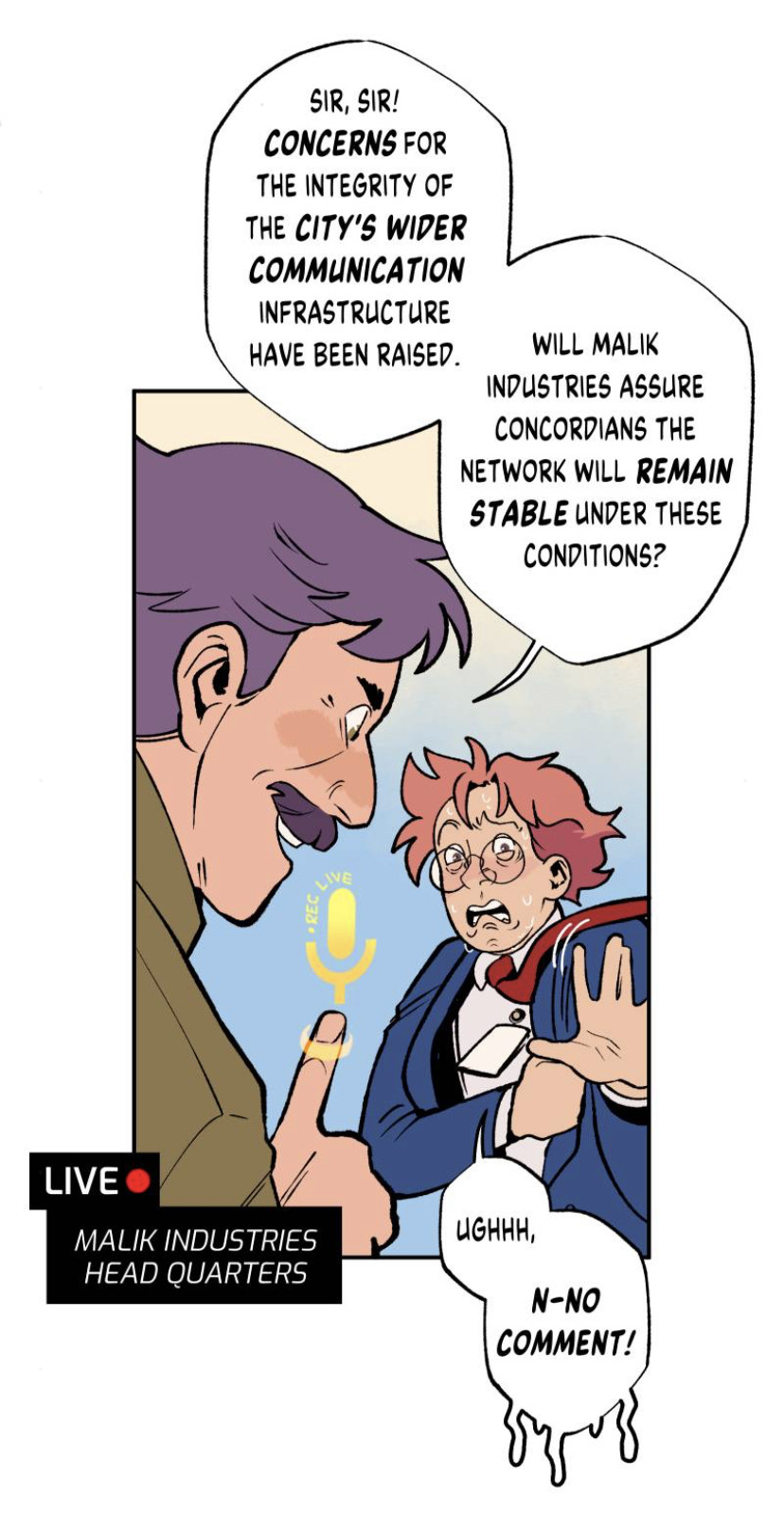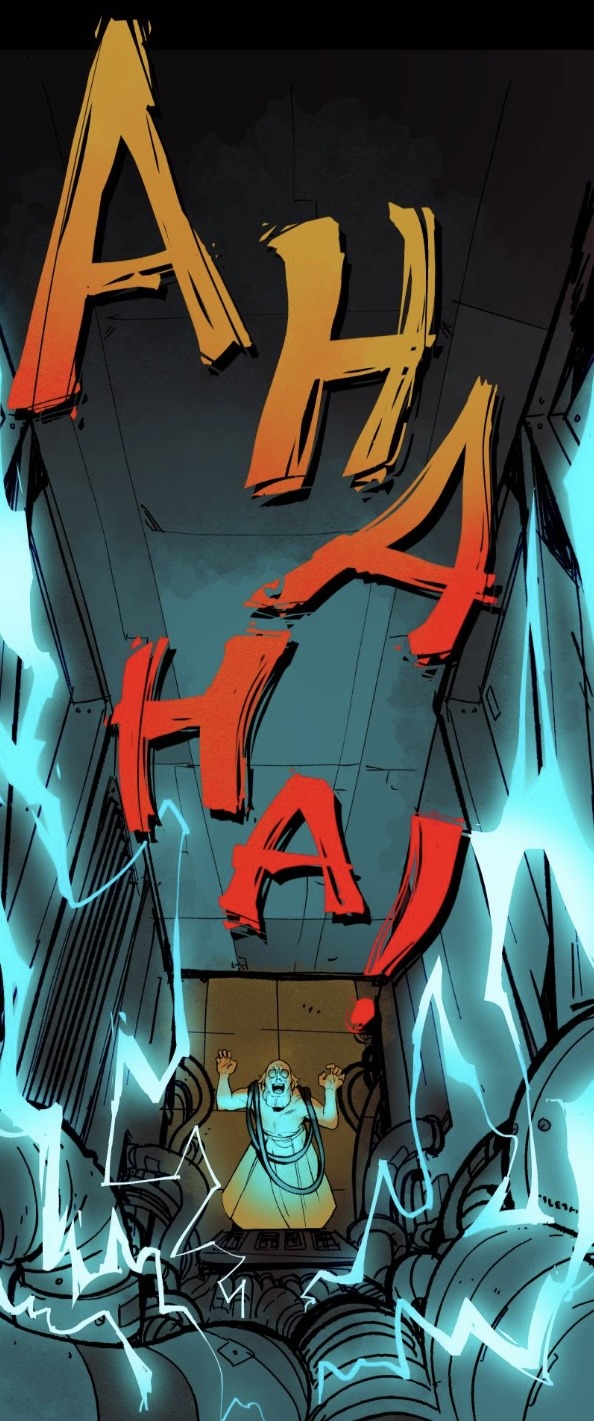#Surge Protection Devices
Explore tagged Tumblr posts
Text
https://www.futureelectronics.com/p/electromechanical--circuit-protection--protection-thyristors/tn2540-600g-tr-stmicroelectronics-6088459
Surface Mount Standard SCRs, thyristor protection circuit, thyristor triac
TN2540 Series 800 V 25 A Surface Mount Standard SCRs - D2PAK
#Circuit Protection#Protection Thyristors#TN2540-800G-TR#STMicroelectronics#surface Mount Standard SCRs#thyristor protection circuit#thyristor triac#gate protection diode#surge protection Devices#what is a thyristor#over voltage protection
1 note
·
View note
Text
https://www.futureelectronics.com/p/electromechanical--circuit-protection--protection-thyristors/mac4dhmt4g-littelfuse-7876436
Thyristor surge suppressors, Thyristor high current, types of thyristors
600 V 4 A Surface Mount Sensitive Gate Logic TRIAC -TO-252, (D-Pak)
#Littelfuse#MAC4DHMT4G#Circuit Protection Devices#Protection Thyristors#surge suppressors#Thyristor high current#Power Thyristors#what is thyristor#power electronics#Phase Control Thyristors#gate turn-off#Fast Switching#Voltage Thyristors#phase control
2 notes
·
View notes
Text
https://www.futureelectronics.com/p/electromechanical--circuit-protection--tvs-diodes/smcj150ca-littelfuse-4048927
High-voltage transients, TVS diode selection, Bi-Directional TVS Diode
SMCJ Series 6.5 W 185 V Bi-Directional Surface Mount TVS Diode - SMC
#Littelfuse#SMCJ150CA#Circuit Protection Devices#TVS Diodes#High-voltage transients#TVS diode selection#Bi-Directional#Transient-voltage-suppression#TVS Surge Protection#arrays#equipment#what is TVS protection#Zener diode circuit
2 notes
·
View notes
Text
https://www.futureelectronics.com/p/electromechanical--circuit-protection--tvs-diodes/smda05-lf-t7-protek-devices-3683539
Bi-Directional TVS Diode, Voltage suppression diode array, TVS Zener diode
SMDA05 Series 4 Channel 5 V 10 Vcl 550 pF Unidirectional TVS Array - SOIC-8
#ProTek Devices#SMDA05-LF-T7#Circuit Protection Devices#TVS Diodes#Bi-Directional#Voltage suppression diode array#TVS Zener diode#application#Diode circuit#surge suppressor#What is TVS Diodes#Diode Arrays#AC power supply#devices
2 notes
·
View notes
Text
6 Reasons To Opt For A Comprehensive Lightning Protection Design System
Since 1971, LEC has developed specialized expertise in lightning protection design. While traditional lightning strike protection methods may be adequate for some installations, custom lightning protection design systems meet more exacting requirements when more complete protection is needed. Engineering an appropriate solution is more complex than simply putting up a lightning rod. Before implementing a protection plan, each site is evaluated for risk factors, geography, soil type, and many other parameters.
A comprehensive lightning protection design is a necessity for all facilities, and here are six reasons:
Climate change has increased the number of lightning strikes each year, putting every part of the country at risk.
The devices that operate your facility and keep you, your investment, and your personnel safe — including security systems, heating and cooling equipment, and electronic appliances — can be knocked out by lightning surges, even if the lightning does not directly strike your facility.
Grounding and surge protection products without lightning protection do not protect against lightning.
At LEC, lightning protection systems are custom designed and installed by our professional and experienced engineers, keeping the building's aesthetics in mind.
Lightning protection is affordable, may reduce insurance premiums, and can enhance the value of your facility by providing peace of mind.
A properly installed lightning protection system safeguards a business structurally and also protects property, inventory, electronic equipment, and personnel from the destructive forces of lightning. Like fire alarms, sprinklers, and security systems, a lightning protection system provides the peace of mind that comes from knowing that a potentially catastrophic problem has been dealt with proactively.
Did you know that a lightning protection system that has been designed and installed according to accepted industry standards can last for two to three generations with little to no maintenance? Furthermore, when a structure is remodeled to meet new requirements, most of the components of a lightning protection design system will remain usable when reconfigured. Or if a structure is torn down, the aluminum and copper components can be easily recycled without deterioration.
We are dedicated to providing lightning protection and prevention products, solutions, and services that meet international standards.
#Lightning Damage#Lightning Protection#Lightning Protection Design#Lightning Protection Products#Lightning Protection Systems#Lightning Rod Protection#Lightning Surge Protection Devices#Fuel Tank Lightning Protection#Grounding Rod#Tank Battery Lightning Protection
2 notes
·
View notes
Text
SUNXO SOLAR ACDB Single Phase 32 A MCB, 320 V SPD 1-5 KW Solar AC Distribution Box.

This ACDB is equipped with a Type 2 Surge Protective Device (SPD) and a 32A Miniature Circuit Breaker (MCB) to provide protection for your electrical circuits. This ACDB is an ideal choice for both residential homes and small commercial spaces. With the Type 2 SPD, this ACDB effectively defends against voltage surges and transients, safeguarding your valuable electronics and ensuring their longevity. The 32A MCB in this ACDB serves as a reliable overload protection, disconnecting the circuit in the event of electrical faults and offering peace of mind. This ACDB is designed to withstand dust and moisture, ensuring long-term reliability and protection for your electrical circuits.
MCB Havells 2P 32 A- This AC distribution box provides complete protection and fault prevention for your Solar system or Home. It includes a fast-tripping top brand AC MCB that will quickly de-energize the entire AC circuit in case of overload, short circuit, or excess current.
SPD SIBASS- The top brand AC SPD safeguards your inverter, appliances, and circuits by diverting dangerous voltage surges to ground.
IP65 Rated Box 19X14X11-The durable IP65 rated box is made of superior quality, heat resistant materials with a corrosion-proof and waterproof design suitable for indoor and outdoor use.
Wiring done with 65QMM Cable
For more information contact us:-
Mob - 99712 07863
Email - [email protected]
2 notes
·
View notes
Text










TECH CULT GO AAAAAAAAAAAAAAAAAAAA 💛⁉️💡⚡️🖤
#Solid State#Solid State Webtoon#Webtoon#PHEW where to begin#That character at the beginning may be important I’m just saying 😉😉😉#It’s so creepy they’re all just lined up like that#Jamilah looks so cute in WNDR tho#Hook you straight up to the system DIAN I DON’T THINK THAT’S A GOOD IDEA#WITH THE STUPID HEADSET TOO LIKE BRUH#I MEAN I DON’T AGREE WITH WHAT THE LACKEY IS DOING BUT I WILL AGREE WITH HIM DON’T GO IN THERE— and he’s in there#TINY WNDR DIANS THEY’RE SO CUTE!!!!#Need a Dian sticker to slap on my devices#To protect them#Obvi#WEIRD PRIEST MAN YOU’RE JUST SO WEIRD#WHERE’D YOUR SHIRT GO#WHYYYYY MUST YOU MESS WITH THE CABLES#AND THAT’S WHY GENTLES AND LADYMEN THAT THIS CHAPTER IS CALLED SURGE AAAAAAAAAAAAAAAAAAA#BC OF THE SURGE THAT’S GONNA KILL EVERYONE#YES DAVE GET HIM OUT OF THERE#NO DIAN DON’T GO BACK IN ARE YOU GETTING SHOCKED RIGHT NOW I SWEARRRRRRRRRRRRRR#NEXT WEEK CHAPTER FINALE EVERYBODY ARE WE FREAKING READY? NO? OKAY!
2 notes
·
View notes
Text

Your Advantage Of Using DAS To Minimise Lightning Damage
Direct lightning strikes and their secondary effects are some of the most harmful natural occurrences because they can occur anywhere and hit any object. Lightning protection systems can mitigate the issue. It’s the only real “insurance” owners have that their investment will be protected. For years the focus of Lightning Eliminators & Consultants, Inc. has been on researching the science of strike collection. DAS prevents the formation of streamers on ground-based objects, protecting industrial facilities from the devastating effects of lightning as comprehensibly as possible. Contact us and stay protected: https://www.lightningprotection.com/
#Lightning Damage#Lightning Protection#Lightning Protection Design#Lightning Protection Products#Lightning Protection Systems#Lightning Rod Protection#Tank Battery Lightning Protection#Lightning Surge Protection Devices#Fuel Tank Lightning Protection#Grounding Rod
2 notes
·
View notes
Text
Another approach is to use Git. No, seriously, I know it's like a programmer thing, but it works for all text files and can technically work for xml based files like Word also.
If you're not confident on using a command prompt, check out Github Desktop. Contrary to the name you don't have to put repositories it makes online (and if you do they don't have to be public).
Git is helpful because all those versions of files don't remain visible in one folder, you always just see the most recent version. Past versions exist in the commit history, and you can. Roll back to specific versions, branch off from them, all that good stuff.
REMEMBER: WHEN YOU'RE WORKING ON A PIECE OF WRITING, NEVER DELETE ANYTHING
Ok, so you have a big paper due in July. You make a folder for the project called "Big Paper." You get to work, and save a file titled "PaperTopic.doc" in that folder.
You go back to your draft the next day. DO NOT simply open "PaperTopic.doc" and start editing/adding/revising. You are going to make a folder titled "Paper Versions." You are going to make a copy of "PaperTopic.doc." You are going to move it into the "Paper Versions" Folder.
Then you are going to go back to the original "PaperTopic.doc," and rename it "PaperTopic 5.14.24.doc." And you're going to repeat this EVERY DAY that you work on this project. Soon the "Paper Versions" will look like this:

I post about this every 6 months or so, and I will continue to do so; because one day, it WILL save your ass. You're welcome.
Also, back it up to an external hard drive at least once a week.
#writing#writers#creative writing#also please please make backups!!!#they dont have to be in a cloud service#but if you want the peace of mind of cloud stuff without them spying on you consider putting your backups on cloud platforms in password#protected zip files. those are encrypted so Google or whoever wont be able to peek at them#i personally use a free tier Oracle Cloud server as my “house fire” level backup but ik thats not practical for most#remember that backups living on the same device arent really backups at all#since your whole hard drive could fail#and a bad power surge could take out all the drives in your computer#stay safe yall!
2K notes
·
View notes
Text
Top 5 Benefits of Installing Surge Protection Device for Industrial and Residential Buildings
Electrical systems' operational consistency is crucial. Power surges and voltage spikes can comprehensively damage electrical equipment and systems, ushering in costly repairs, replacements, and downtime. That's where 3-phase surge protectors come into the picture. These devices protect your commercial property's electrical system, controlling unexpected wear and assuring smooth functions.
Let's dive into the top five advantages of installing 3-phase surge protectors in commercial buildings.
Protection Against Power Surges
The preliminary function of a 3-phase surge protector is to shield your electrical system from sudden voltage spikes.
Installing surge protection devices in your building provides a critical barrier that stops excess voltage from damaging your systems. SPDs are connected in parallel to the equipment and work on the principle of Equi-potentialization. Unchecked voltage surges can ruin sensitive equipment, such as computers, servers, and industrial machinery, resulting in significant failures.
The key to understanding this is knowing that potential differences are the factors that damage equipment. When a surge enters the system through any line—be it phase, neutral, or earth—it increases the potential difference between these lines. SPDs balance the surge voltage across all lines at this moment. They return the potential difference to an average value, keeping your equipment safe.
2. Minimizing Downtime and Business Interruptions
A single power surge can cause significant downtime in commercial buildings, especially when critical equipment or machinery is involved. Sudden downtime leads to skipped deadlines, decreased productivity, and monetary casualties. Surge Protection Devices are used where a transition occurs between two different Lightning Protection Zones. For example, a Type 1 or Type 2 SPD would be used at the main power distribution switchboard where the electrical system enters the structure.
With a 3-phase surge protector in place, you can bypass these procedures. The device underestimates the risk of electrical failure and assures that your operations continue smoothly, even during a voltage spike.
3. Cost-Effective Solution for Long-Term Savings
While you might be concerned about a surge protection device's price, it is essential to view it as an investment rather than an expense. The potential savings in equipment repair, replacement, and downtime far outweigh the initial cost of installing a 3-phase surge protector.
Surge protectors safeguard your electrical assets, resulting in significant long-term savings.
4. Compliance with Industry Standards and Safety Regulations
For many businesses, adhering to industry safety standards is non-negotiable. Installing 3-phase surge protectors ensures your building complies with electrical safety regulations, preventing costly fines and legal complications. With an added layer of safety for employees, these devices reduce the risk of electrical hazards such as fires or shock caused by equipment failure.
5. Enhances Overall Equipment Longevity
Sensitive electrical equipment and systems, especially those used in commercial buildings, are vulnerable to small, unnoticed surges. Over time, repeated surges can degrade components, reducing their operational efficiency and lifespan. This gradual wear and tear can result in unexpected breakdowns and premature replacements.
With a 3-phase surge protector in place, you can significantly extend the life of your machinery and equipment by preventing this gradual degradation, maximizing the return on your investments.
In Essence
In today's commercial landscape, safeguarding electrical systems is essential to avoid unnecessary costs and maintain operational efficiency. Installing a 3-phase surge protector offers protection against voltage surges, extends equipment life, reduces downtime, and ensures compliance with industry standards.
Ready to secure your building with surge protection? Contact us today for the best surge protection device prices.
Don't wait until it's too late—invest in the longevity and safety of your electrical systems now!
About The Author:
Axis Electricals stands at the forefront as a premier cable gland manufacturer in India and supplier of lightning arrestors and a wide array of Electrical Components, serving clients across 80+ countries worldwide. Whether you're seeking a quote or expert consultation, our dedicated team is ready to assistyou.
0 notes
Text
Understanding Surge Protection Devices and Factors Influencing Their Price
Surge protection devices (SPDs) are crucial components in electrical systems designed to safeguard sensitive equipment and appliances from voltage spikes and transient surges. These devices help prevent damage caused by lightning strikes, power outages, and other electrical disturbances by diverting excess energy to the ground. In this article, we explore the importance of surge protection devices, factors influencing their price range, and considerations for selecting the right SPD for your specific needs.
Importance of Surge Protection Devices:
Surge protection devices serve as a frontline defense against voltage spikes and surges that can damage electronic devices, appliances, and electrical systems. Key benefits of SPDs include:
Equipment Protection: SPDs shield electronic devices and equipment from damage caused by sudden voltage surges, prolonging their lifespan and ensuring reliable performance.
Safety: By diverting excess energy safely to the ground, surge protection devices help prevent electrical fires and safeguard against potential hazards to both individuals and property.
Data Protection: SPDs are essential for protecting sensitive data and electronic systems from the harmful effects of power surges, ensuring uninterrupted operation and data integrity.
Factors Influencing Surge Protection Devices Price:
Level of Protection: The level of protection offered by an SPD, typically measured in joules, influences its price. Higher joule ratings indicate a greater capacity to absorb energy from surges, resulting in higher costs.
Voltage Rating: The voltage rating of an SPD determines the maximum voltage it can handle. Devices designed for higher voltage applications may be more expensive due to their specialized construction and components.
Type of SPD: Different types of surge protection devices, such as whole-house surge protectors, power strip surge protectors, and individual device protectors, vary in price based on their features and capabilities.
Brand and Quality: Established brands known for their reliability and quality may command higher prices compared to lesser-known or generic brands. Quality components and construction contribute to the overall cost of the device.
Installation Complexity: The complexity of installing an SPD, especially for whole-house surge protectors requiring professional installation, can impact the overall price of the device.
Warranty and Certifications: Surge protection devices with longer warranties and certifications from recognized testing organizations may come at a higher price due to the added assurance of performance and reliability.
Considerations for Selecting Surge Protection Devices:
Voltage Compatibility: Ensure that the SPD is compatible with the voltage requirements of your electrical system to provide effective protection.
Joule Rating: Consider the joule rating of the SPD to determine its capacity to handle power surges and protect connected equipment.
Installation Location: Determine the optimal location for installing the SPD to offer comprehensive protection to your electrical devices and systems.
Budget and Requirements: Evaluate your specific protection needs, budget constraints, and the criticality of the equipment to select an SPD that best fits your requirements.
In conclusion,surge protection devices price are essential components in safeguarding electrical systems and equipment from the damaging effects of power surges. Understanding the factors influencing the price range of SPDs, such as level of protection, voltage rating, type, brand, installation complexity, and warranty, is crucial for making informed decisions when selecting the right surge protection device for your needs. By considering these factors and assessing your specific requirements, you can ensure the effective protection of your valuable equipment and maintain the integrity of your electrical systems.
0 notes
Text
https://www.futureelectronics.com/p/electromechanical--circuit-protection--power-thyristors/s6025ltp-littelfuse-7070021
Bourns surge protector, Transient suppression devices, data line protection
S625L Series 25 A 600 V Half Wave Uni-Directional Thyristor SCR - TO-220
#Thyristor Surge Protection Devices (TSPD)#S6025LTP#Littelfuse#Transient suppression devices#data line#Bourns delivers#Half Wave Uni-Directional Thyristor#thyristor application#Circuit Protection Device#triac circuits#Triac
1 note
·
View note
Text
https://www.futureelectronics.com/p/electromechanical--circuit-protection--tvs-diodes/smcj150ca-e3-57t-vishay-1156661
TVS Zener diode, Bidirectional Zener diode, diode circuit, Diode arrays,
1500 W 167 V Bi Directional Surface Mount Transient Voltage Suppressor Diode
#Circuit Protection Devices#TVS Diodes#SMCJ150CA-E3/57T#Vishay#Bidirectional Zener diode#diode circuit#Diode arrays#selection#High-voltage transients#Bi-Directional#suppression#TVS Surge Protection#circuit protection device
1 note
·
View note
Text
https://www.futureelectronics.com/p/electromechanical--circuit-protection--esd-protection/0603esda2-tr2-eaton-6092040
USB data line surge protection, Diode array manufacturers, what is ESD protection
MLP Series 60 V 0.1 pF Bi-Directional 0603 Surface Mount ESD Suppressor
#Circuit Protection Devices#ESD Protection & Diode Arrays#0603ESDA2-TR2#Eaton#USB data line surge protection#Diode array manufacturers#what is ESD protection#equipment#Circuit protection solutions#What is ESD protection#ESD protection circuit
1 note
·
View note
Text
https://www.futureelectronics.com/p/electromechanical--circuit-protection--tvs-diodes/smaj40a-tr-stmicroelectronics-3018089
Diode arrays, Bidirectionnel diode, High-voltage transients, TVS diode selection
SMAJ Series 400 W 40 V Uni Directional Surface Mount TVS Diode - DO-214AC
#STMicroelectronics#SMAJ40A-TR#Circuit Protection Devices#TVS Diodes#Diode arrays#Bidirectionnel diode#High-voltage transients#selection#Bi-Directional TVS Diode#Transient-voltage-suppression#TVS Surge Protection#circuit breakers#Surface Mount TVS Diode.
1 note
·
View note
Text
Power Strip Surge Protector: Protect Your Home Electronics from Damage
Power surges are sudden increases in voltage that can occur for various reasons, including lightning strikes, power grid fluctuations, and switching on large appliances. These surges can overload your electronic components, leading to malfunctions, data loss, or even complete failure.
Why is a surge protector essential?
Shields against power spikes: Lightning strikes, power grid fluctuations, and other electrical disturbances can generate harmful voltage surges that can damage your devices. A surge protector acts as a shield, absorbing excess energy and preventing it from reaching your equipment.
Safeguards your investment: Replacing damaged electronics can be expensive. A surge protector is a small investment that can save you from significant financial loss.
Provides convenience: Most power strip surge protectors offer multiple outlets, allowing you to charge and power multiple devices simultaneously. Many also include USB ports for added convenience.
What to look for in a Power Strip Surge Protector:
Joule rating: This indicates the amount of surge energy a protector can handle. Higher joule ratings offer greater protection.
Number of outlets: Choose a power strip with enough outlets to accommodate your devices.
USB ports: Consider a power strip with USB ports for charging smartphones, tablets, and other devices.
Additional features: Some surge protectors offer features like surge protection indicators, circuit breakers, and phone line protection.
For More Information: https://overseas220volts.com/product-category/220-volts-power-strip/
Key Features to Look For
Joule rating: This indicates the amount of surge energy a protector can handle. Higher joule ratings offer greater protection.
Number of outlets: Choose a power strip with enough outlets to accommodate your devices.
USB ports: Many power strips now include USB ports for convenient charging.
Surge protection indicator: This light indicates when the surge protector has reached its capacity and needs to be replaced.
Additional features: Some power strips offer features like circuit breakers, phone line protection, and coaxial cable protection.
Tips for Optimal Protection
Unplug devices during severe weather: Protect your electronics from lightning strikes by unplugging them when severe weather is approaching.
Replace surge protectors regularly: Surge protectors have a limited lifespan. Replace them according to the manufacturer's recommendations.
Protect valuable equipment: Prioritize surge protection for essential devices like computers, TVs, and home theater systems.
#Power Strip#Surge Protector#Power Strip with Surge Protector#Outlet Surge Protector#Electrical Surge Protection#Power Strip with Usb#Best Power Strip#Surge Protector Power Strip#Home Electronics#Device Protection#Power Surge Protection#Safety Outlet#Electrical Safety#Home Office Essentials#Electronic Accessories#Power Strip with Grounding#Surge Protector Outlet#Compact Power Strip#Portable Power Strip
0 notes